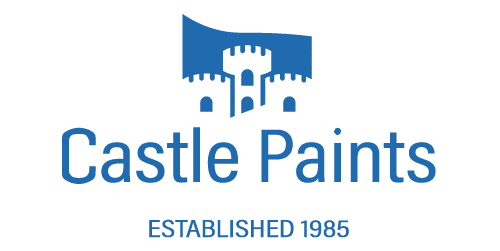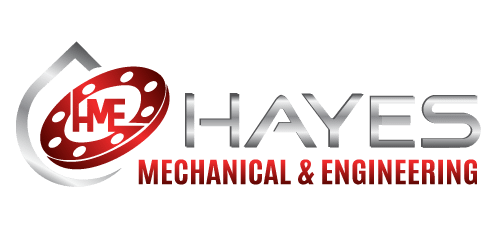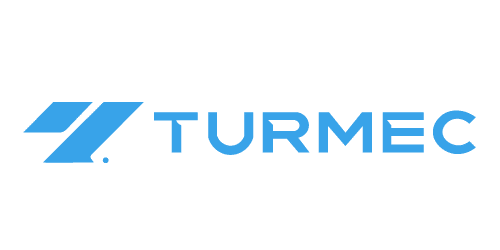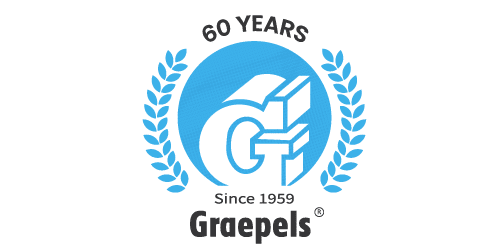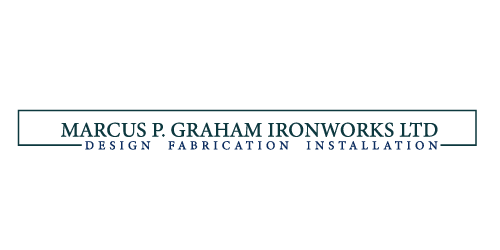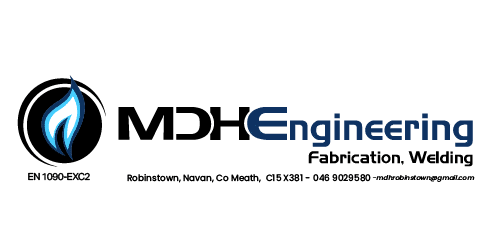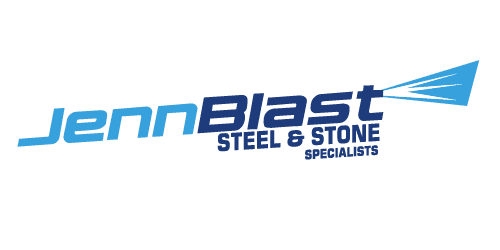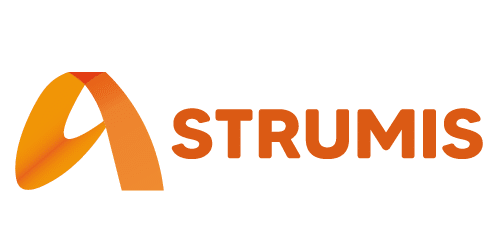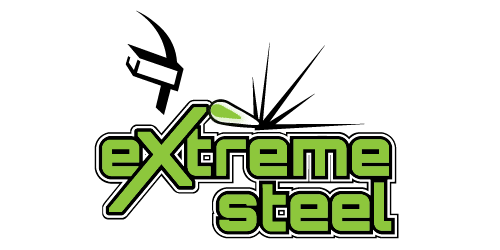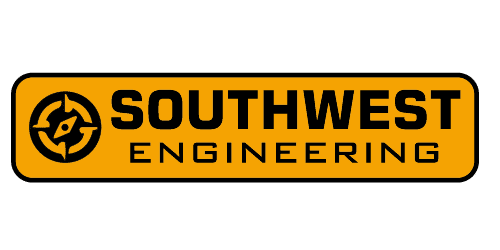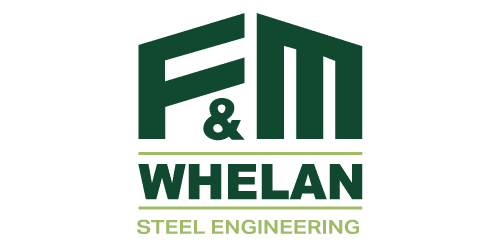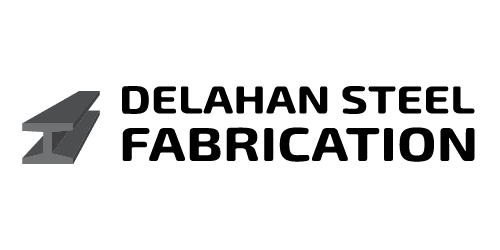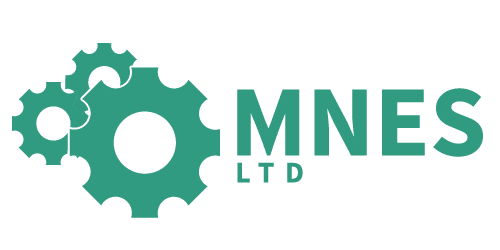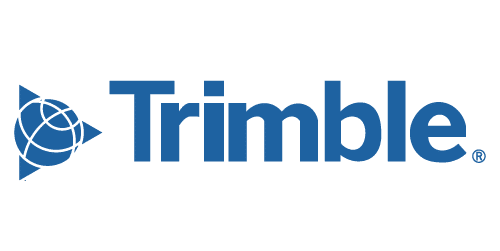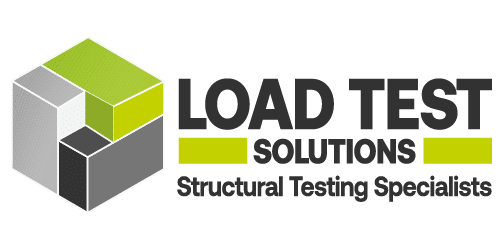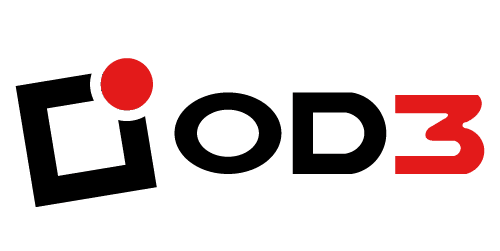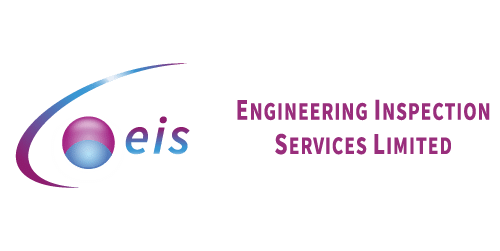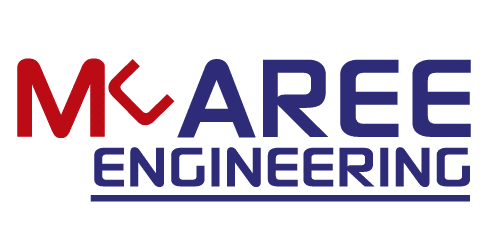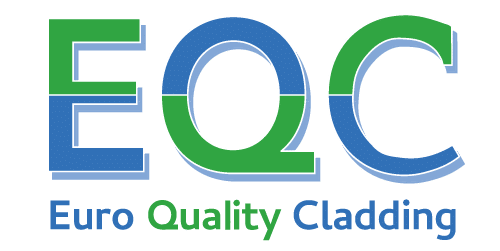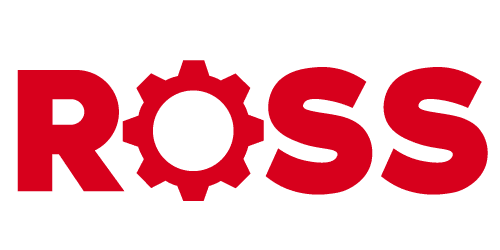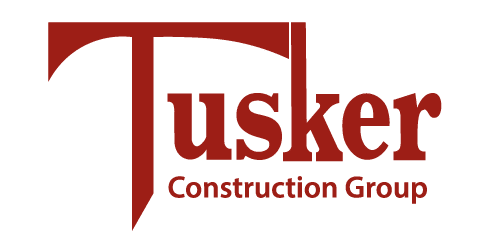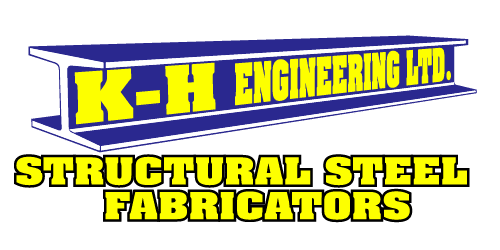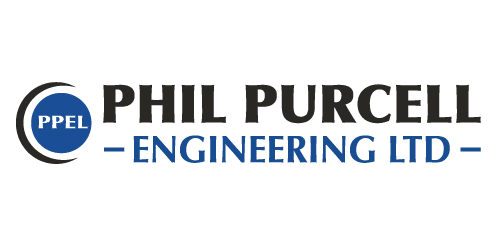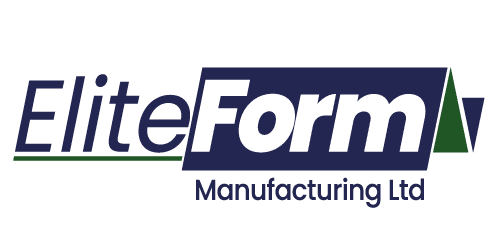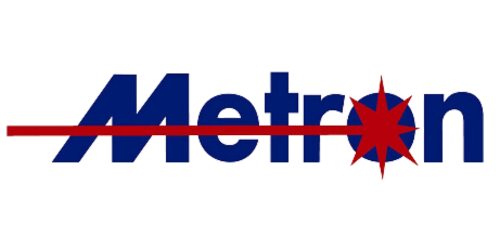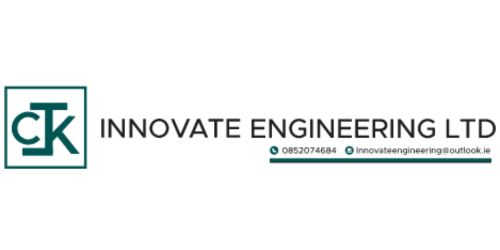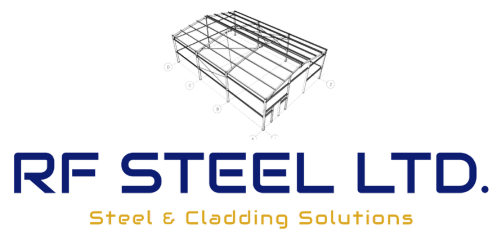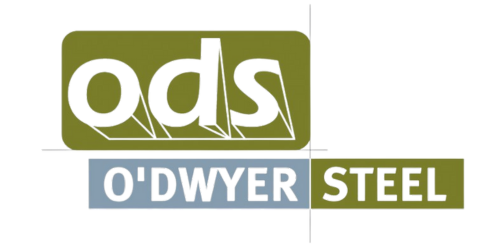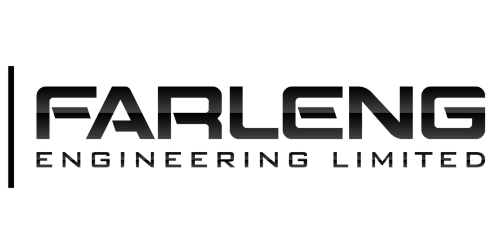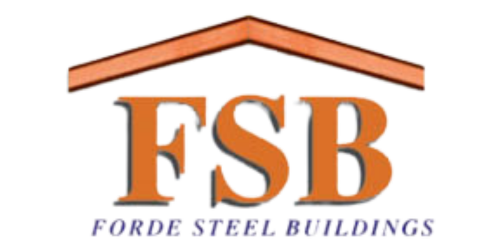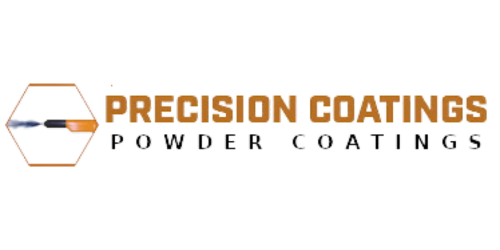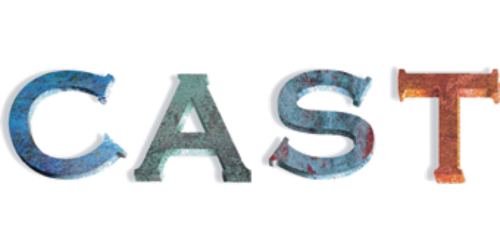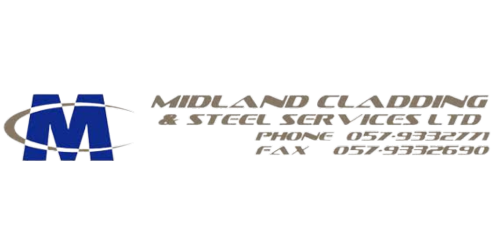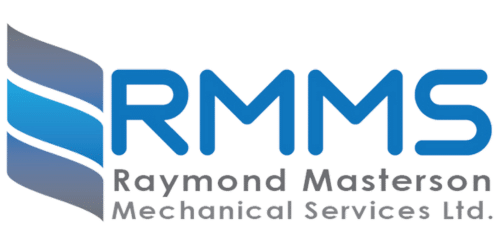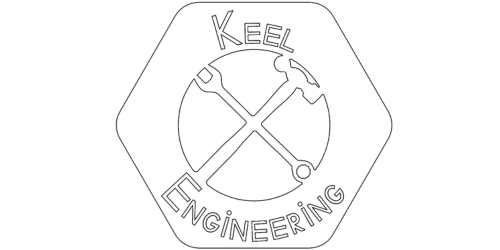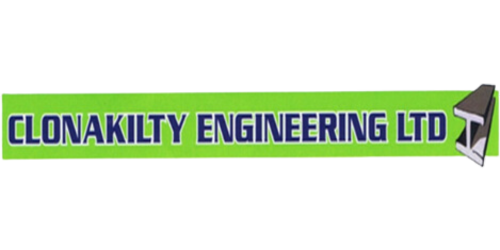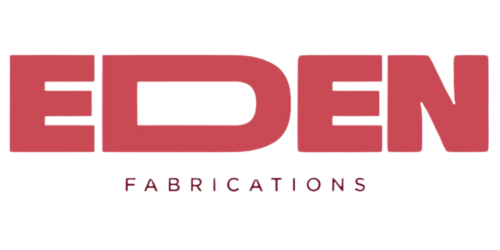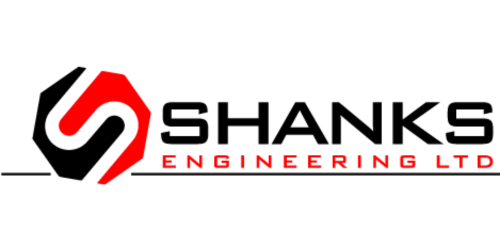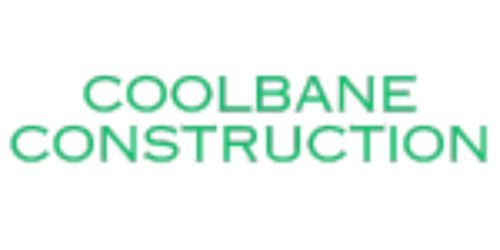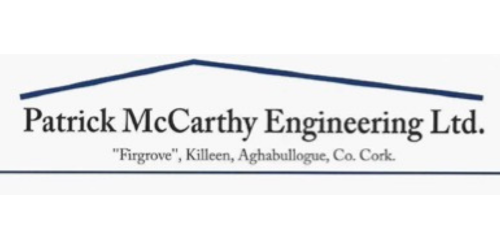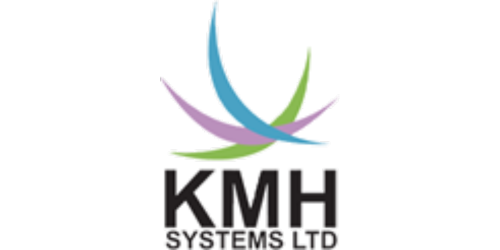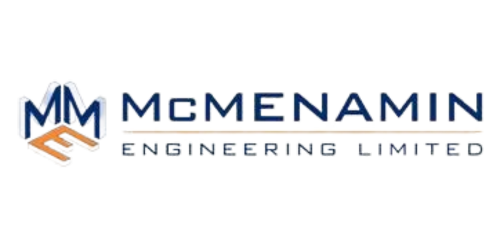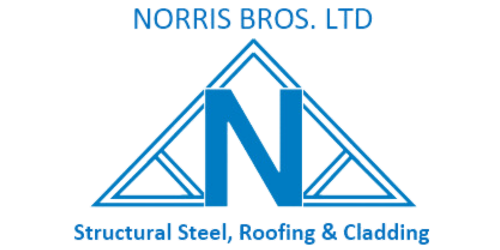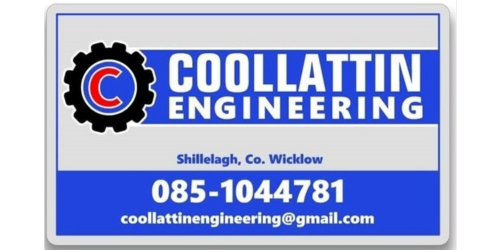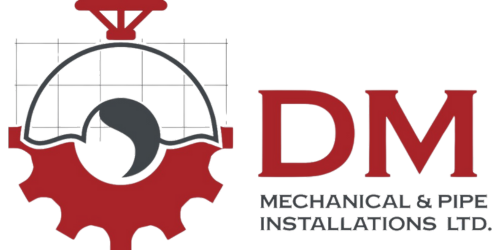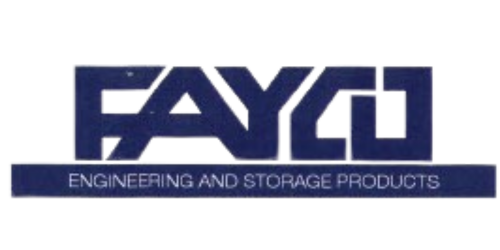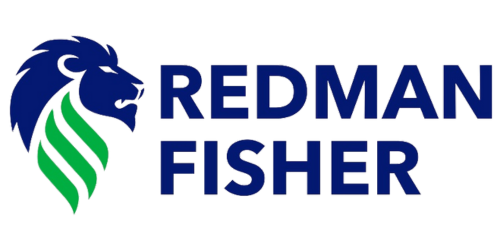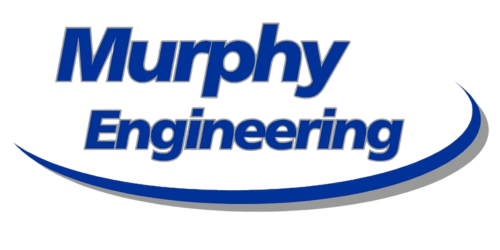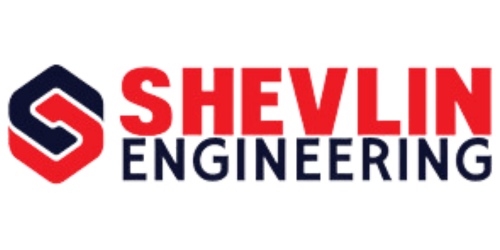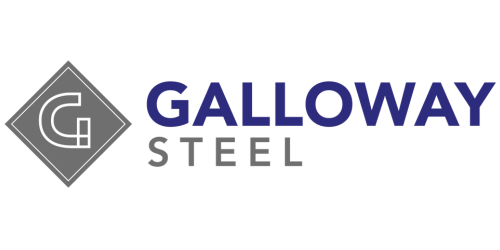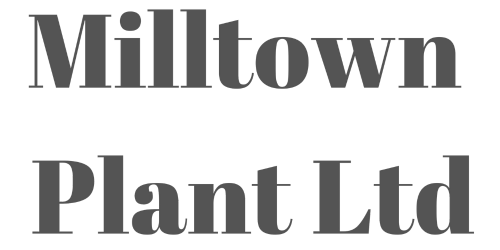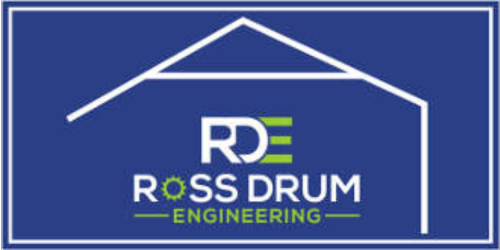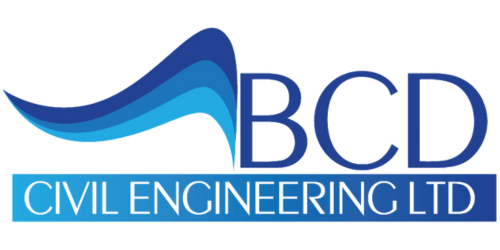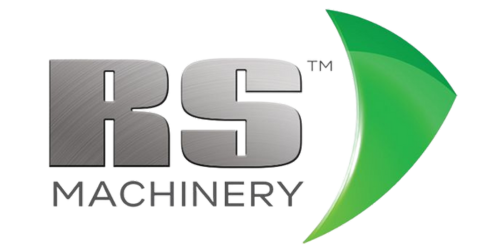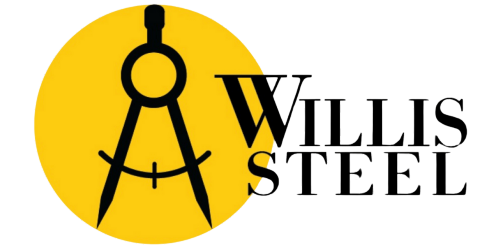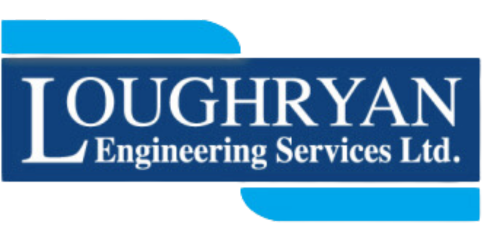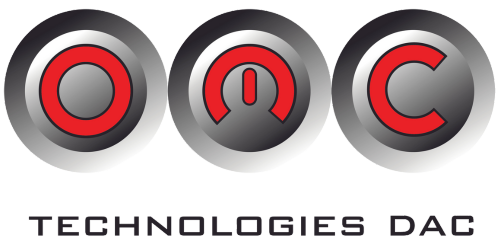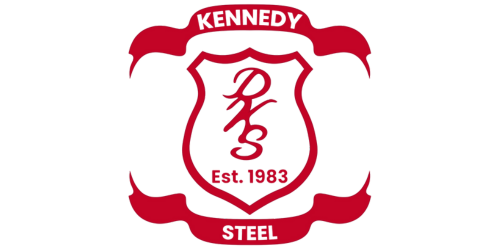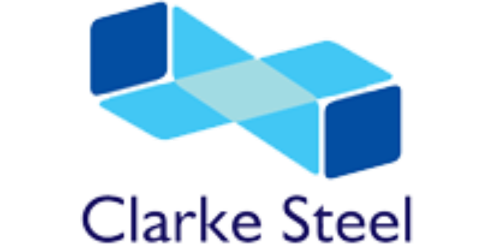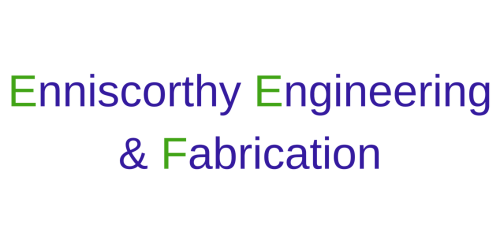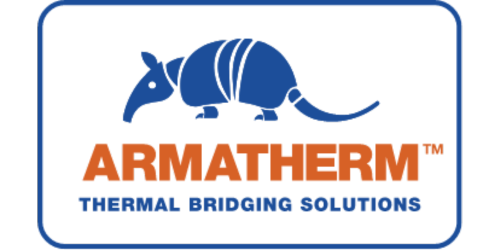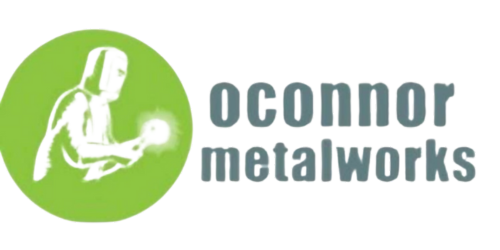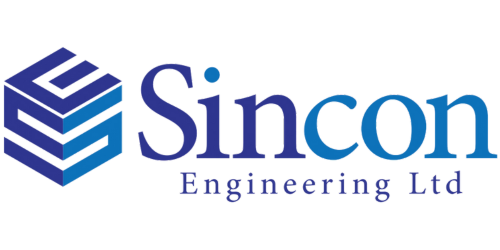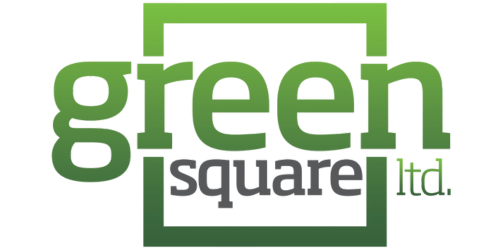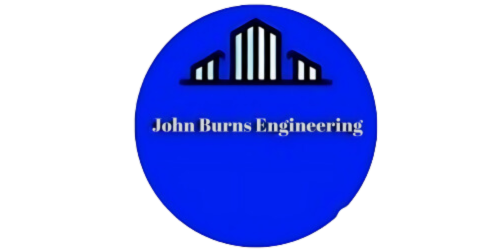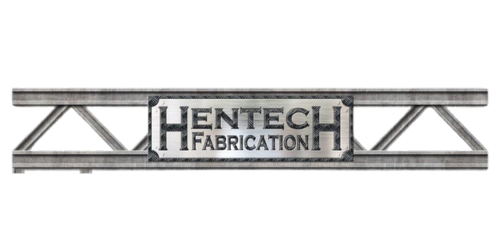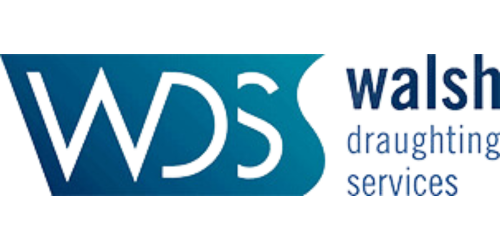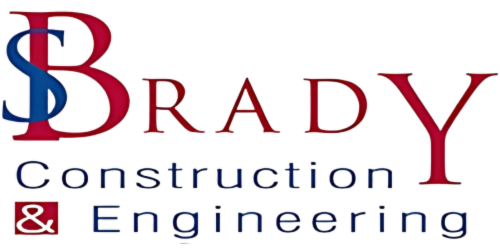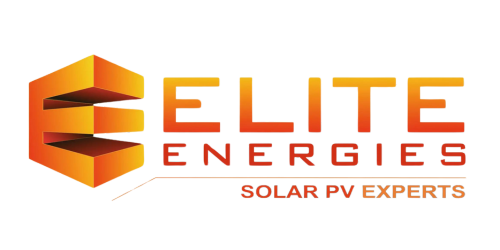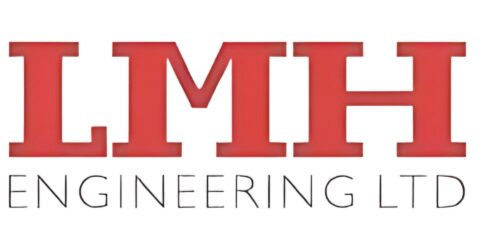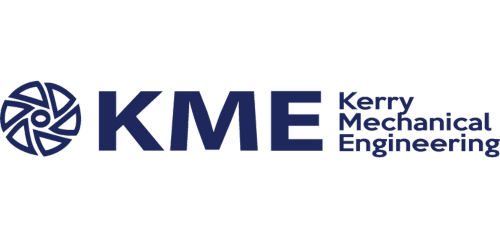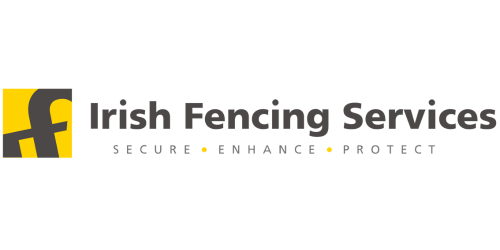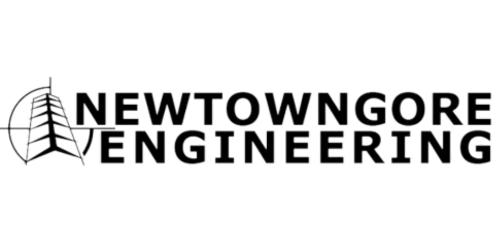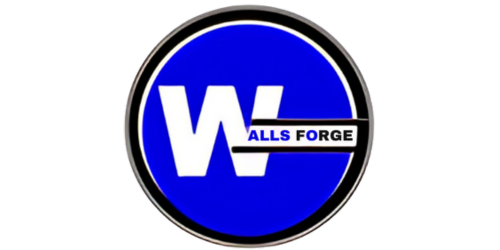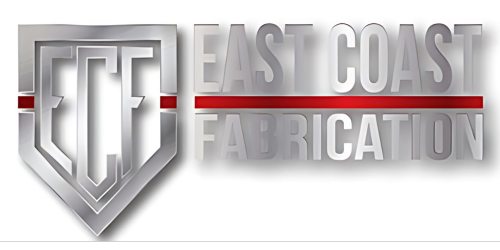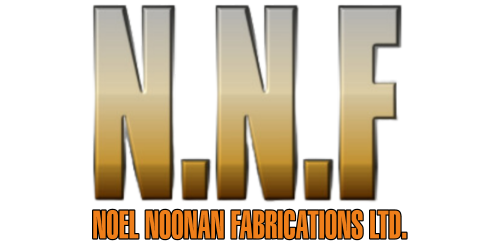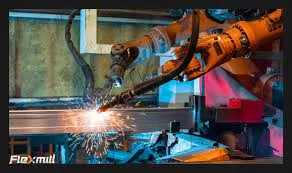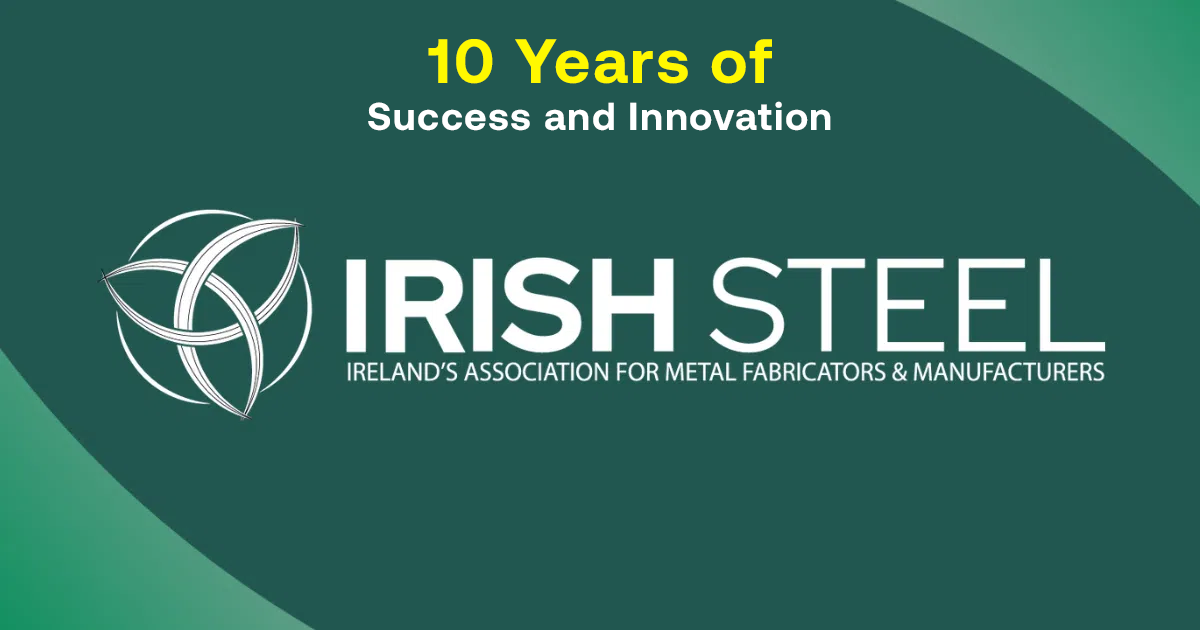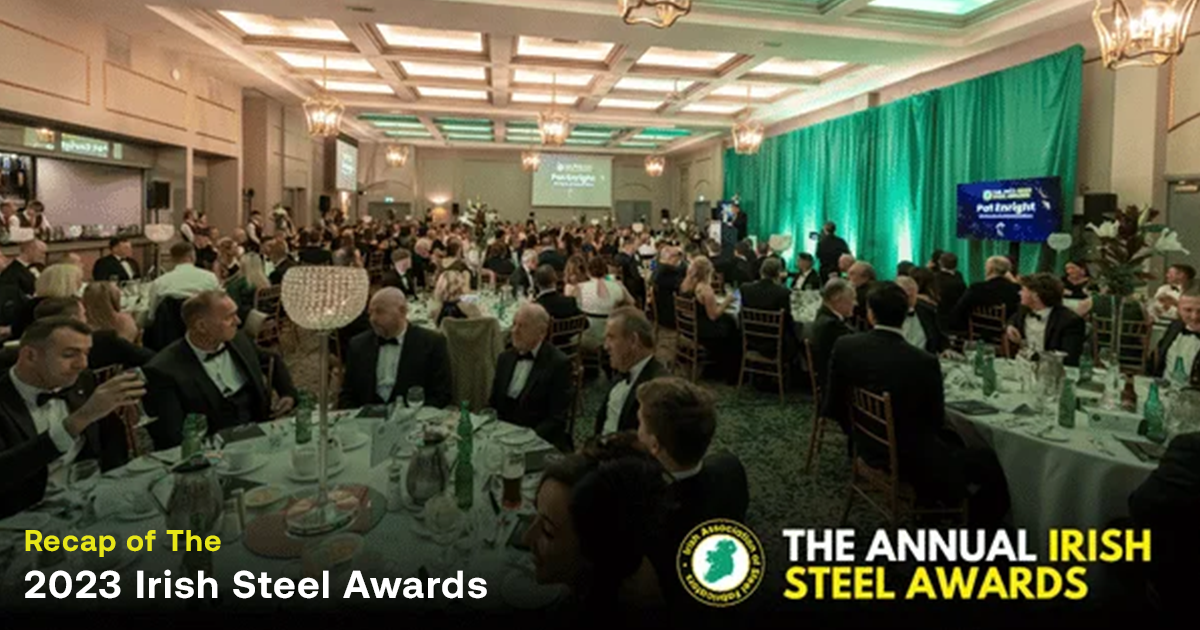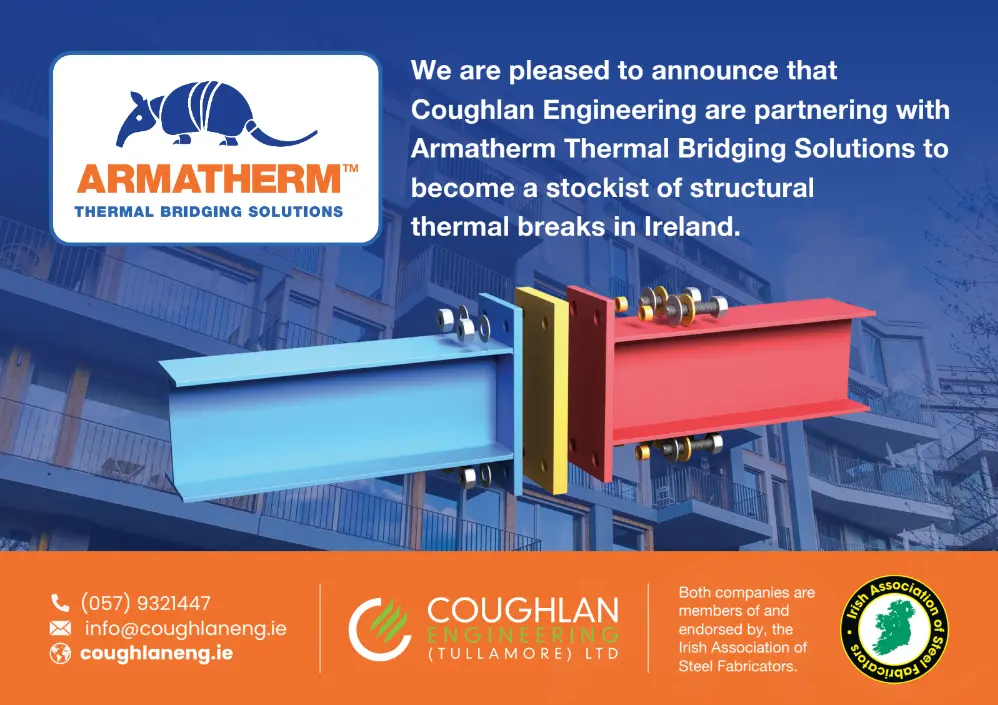The Certification Hub / Construction Product Certification Scheme
Leader in Non-Destructive Testing
We are a leader in Destructive / Non-Destructive Testing in Ireland; delivering customised solutions and the highest quality service to its customers for over twelve years.
Inspection Specialists
We offer our customers assurance and peace of mind that the quality levels they require are being achieved.
Technical Assurance
We deliver technical assurance by reducing risk and non-productive time through the provision of sample examination, which provides a complete picture of the asset’s condition.
Dye Penetrant Inspection
Dye Penetrant Inspection (DPI) is used to detect casting, forging and welding surface defects such as hairline cracks, surface porosity, leaks in new products, and fatigue cracks on in-service components.
Dye Penetrant Inspection can also be used using fluorescent consumables and ultra-violet black lamps. This is a common technique for the inspection of turbine blades.
Magnetic Particle Inspection
Magnetic Particle Inspection (MPI) is used to detect casting, forging and weld surface defects such as hairline and fatigue cracks on in-service components.
Magnetic particle inspection is a cost effective and efficient method of testing ferromagnetic components for discontinuities.
In a fabrication environment it is used to locate surface and near surface weld defects.
Magnetic Particle Inspection can also be used using fluorescent consumables and ultra-violet black lamps. This is a common technique for the inspection of turbine blades.
Eddy Current Inspection
Eddy current inspection is used to detect surface and near surface irregularities in ferrous and non ferrous materials by inducing an eddy current field in the part under test.
Eddy current testing can detect very small cracks in or near the surface of the material, the surfaces need minimal preparation, and physically complex geometries can be investigated.
Eddy Current Inspection is also useful for making electrical conductivity and coating thickness measurements.
The Eddy equipment is light and it is therefore a highly portable technique and it is ideal for on-site applications as there is no need to remove any surface paint.
Radiography Inspection
Radiography is employed as one of the most efficient and effective inspection techniques. Industrial radiography is the use of ionizing radiation to view objects in a way that cannot be seen otherwise. It is not to be confused with the use of ionizing radiation to change or modify objects.
Radiography’s purpose is strictly viewing. Industrial radiography has grown out of engineering, and is a major element of non-destructive testing. It is a method of inspecting materials for hidden flaws. Radiography is used principally to reveal weld defects and irregularities, but can also be used to locate pitting, corrosion, blockages, product build up and casting defects. It can be used on a variety of materials from plastic to metal and metal alloys castings, forgings and food products.
It can be used in a fabrication environment to establish the weld quality levels being achieved are as per Customer and acceptance criteria requirements. It can be used to establish where weld failure is likely to occur, or the reason for weld failure.
We have used X Radiography to find a staple in a 40 kg bag of powder product!
We carry out X-Radiography using Andrex Smart Directional and Panoramic equipment with a KV Range up to 300Kv.
We use ᵞ (Gamma) radiography using Selenium 75 (Sel75) or Iridium 192 (Ir 192) in the newly designed Viking Projectors. (see image above) All our radiographers are approved to EN 473 Level 2 requirements.
Radiography Inspection is a versatile technique which can be adapted to be used both in the laboratory or on site, and on parts both large and small.
Limitations
- Safety issues result in limiting the application:
- Not ideal for in service inspection
- Not able to test lines working at extreme temperatures.
Ultrasonic Inspection (Steel)
Ultrasonic testing is performed on steel and other metals and alloys Ultrasonic Inspection can detect sub-surface irregularities and flaws in welds. The technique is fast effective and sensitive, the results are instant.
The technique is most ideally suited for material thickness in excess of 8mm wall, with no upper limit.
When defects are detected their exact location and orientation can be identified, to allow prompt and efficient repair.
Ultrasonic testing (UT), very short ultrasonic pulse-waves with centre frequencies ranging from 0.1- 15 MHz and occasionally up to 50 MHz are launched into materials to detect internal flaws.
A common example is ultrasonic thickness measurement, which tests the thickness of the test object, for example, to monitor pipework corrosion.
Ultrasonic Inspection is totally reliant on the skill of the operator. All our technicians are approved to BINDT PCN Lev II and or ASNT Lev II
Remote Viewing / Fibre-Optics
This inspection technique is used primarily to inspect the internal weld finish on small bore stainless steel bio-bore pipework.
In industries such as Food, Brewing and Pharmaceutical the quality of finish / condition of product contact surfaces is vital to the manufacturing process.
Fibre-optics / Remote viewing is the ideal inspection technique to confirm that required quality levels of weld surface finish are being achieved. The equipment is highly portable and service can be provided in the fabrication workshop on the construction site or in a live production environment.
Enhanced Image Quality
Navigating the smallest pipes to the largest dark spaces, a Video-Probe system can fully illuminate challenging locations. With improved lenses, digital-signal processing and an extra bright, high resolution, wide VGA LCD screen. The video probe delivers the highest quality image available on the marketplace. Bright, distinct inspection images allow for fast defect identification and decision making.
All-Way probe articulation and high-output illumination can shed light into the darkest crevices and corners, delivering sharp, clear images. Sophisticated image controls include an adjustable brightness feature. Automatic or manual exposure allows full control in any inspection environment.
Ultrasonic Thickness Measurement
This technique is used to establish material thickness and monitor corrosion rates in pipework, pressure vessels, storage tanks, and steel structures.
While the normal employment of ultrasonic thickness measurement is on metal and metal alloys, the technique can be used on a wide range of other materials ranging from Glass, Plastic, rubber to castings.
The principal use of industrial ultrasonic testing, ultrasonic thickness measurement (UTM) is a method of performing non-destructive measurement of the local thickness of a solid element (typically made of metal, if using ultrasound testing for industrial purposes) basing on the time taken by the ultrasound wave to return to the surface.
The equipment is light weight, robust and highly portable, results are instant. If necessary testing can be carried out through paintwork.
Positive Material Identification
Positive Material Identification is an analytical materials testing and materials identification technique used within the metal alloy industry which guarantees the materials chemical composition as required for quality control.
There are two globally accepted analytical methods for simple on-site Positive Material Identification: X-ray Fluorescence (XRF) and Optical Emission Spectroscopy (OES).
On-site PMI is done by using simple, portable analysers have a number of benefits. For example PMI testing can;
- ensure every part conforms to specification
- identify the correct alloy grade where a critical part is to be replaced
- facilitate inward goods inspection to ensure all materials received are to specification
Applied correctly, simple Positive Material Identification avoids any potential mix up, costly reworks, out of specification material used incorrectly. PMI testing avoids the failure of a critical component potentially leading, in the worst case, to a catastrophic failure of a process and loss of life.
Welding Inspection
Weld quality assurance is the use of technological methods and actions to test or assure the quality of welds, and secondarily to confirm the presence, location and coverage of welds. In manufacturing, welds are used to join two or more metal surfaces. Because these connections may encounter loads and fatigue during product lifetime, there is a chance they may fail if not created to proper specification.
Prior to welding a joint it is incumbent on the fabricator to establish a number of factors to ensure he is familiar with all parameters and requirements relating to the joint.
- What is the required quality level to be achieved.
- What is the acceptance criteria.
- Does the weld need to comply with the PED (pressure equipment directive) or CE marking.
- Is there a suitably approved weld procedure for the joint.
- Is the welder qualified within the terms of the approved procedure.
- Have the parameters of the procedure been adhered to.
- Control and certification of consumables.
- Control and certification for parent material.
- Amperage and polarity.
- Requirements for pre heat / control of cooling.
Weld testing and analysis
Methods of weld testing and analysis are used to assure the quality and correctness of the weld after it is completed. This term generally refers to testing and analysis focused on the quality and strength of the weld, but may refer to technological actions to check for the presence, position and extent of welds.
Visual Inspection
Regardless of technological advancements in inspection techniques the primary and most important inspection / test technique is visual inspection.
Time has proved that visual inspection is the most effective technique of all. Other techniques can be employed if and when the welds or parts to be examined are considered visually acceptable to specification requirements.
Visual Inspection is a very effective inspection method, and it should be the primary method included in any effective Quality Control Program. It has been shown repeatedly that, “Visual inspection” conducted by properly trained inspectors, results in the discovery of the vast majority of those defects which would only be discovered later by some more expensive non-destructive test method.”
While visual inspection is limited to materials surface-only examination, it often detects the most damaging defects. Visual inspection (abbreviated“VT’ )by the American Society for Non-destructive Testing (ASNT) of welded components requires inspectors to have a broad knowledge of many technologies, including welding, destructive testing, non-destructive testing, and metallurgy, as well as the correct terminology for each.
Because of the importance of the technique, the first training course and inspection approval every technician will undergo in PCN Visual inspection.
Weld quality assurance is the use of technological methods and actions to test or assure the quality of welds, and secondarily to confirm the presence, location and coverage of welds. In manufacturing, welds are used to join two or more metal surfaces. Because these connections may encounter loads and fatigue during product lifetime, there is a chance they may fail if not created to proper specification.
Hardness testing (Metal & Concrete Products)
We offer a complete range of portable hardness testers for quick and convenient on-site hardness testing. Our hardness testing equipment range comprises of portable instruments and a large number of probes or impact devices – opening up extensive application ranges – for every testing situation. In addition, our hardness equipment offers a quick and economical supplement to stationary hardness testing in the modern production process.
There are three physical methods of hardness testing recognized in the field: the static UCI (Ultrasonic Contact Impedance) method, the dynamic velocity rebound hardness testing method, and the optical TIV (Through-Indenter-Viewing) method. The decision to utilize a specific method depends on the test problem.
Mechanical testing
Mechanical testing or engineering test is performed to determine various mechanical properties of materials such as strength, hardness, ductility, toughness, brittleness, etc. There are several types of test to determine various mechanical and physical properties of material. The precision results of these tests is utilised to determine suitability of materials for the field application.
To approve a butt welding procedure most specifications such as ISO 15614 and ASME IX require Tensile tests, Impact tests, hardness and macro examination to be carried out.
Many application standards such as PD 5500 require tests additional to those required by, for example, ISO 15614-1. This must be remembered when procedure approval documentation is submitted for approval by the inspecting authority or the client.
Tensile tests
These are generally cross joint (CJ) tensile tests of square or rectangular cross section that, as the name suggests, are oriented across the weld so that both parent metals, both heat affected zones (HAZs) and the weld metal itself are tested.
While it is possible to measure the yield strength, the elongation and the reduction of area of CJ specimens the fact that there are at least three different areas with dissimilar mechanical properties makes such measurements inaccurate and unreliable, although this is sometimes carried out purely for information purposes.
Charpy Impact Test,
Also known as the Charpy V-notch test, is a standardized high strain-rate test which determines the amount of energy absorbed by a material during fracture. This absorbed energy is a measure of a given material’s notch toughness and acts as a tool to study temperature-dependent ductile-brittle transition.
Today it is used in many industries for testing materials used in the construction of pressure vessels and bridges and to determine how storms & Climatic conditions will affect materials used for construction.
Macroscopic examination:
Also called macro test or macro examination, is an extension of visual examination and evaluates quality and homogeneity of the test sample indicating the flow of material during the forming or welding process. Information on macrostructural features can be used to assess internal quality, presence of hydrogen flakes, chemical segregation, hard cases, flow lines and welds. A common macro test is weld cross section examination to reveal internal discontinuities, weld profile, weld passes and sequence, extent of penetration and the quality of weld. The macrostructural properties of a weldament can then be used as a component of weld procedure qualification or welder qualification.
Relevant specifications
- EN 10002 Methods of tensile testing of metallic materials.
- EN 876 Destructive tests on welds in metallic materials – longitudinal tensile test.
- EN 895 Destructive tests on welds in metallic materials – transverse tensile test.
- EN ISO 7500-1 Tension/compression testing machines. verification and calibration of the force measuring system.
- ASTM A370 Mechanical testing of steel products.
- ASTM E8 Tension testing of metallic materials.
- ASTM B557 Tension testing wrought and cast aluminium and magnesium alloy products.
Spark/Holiday Testing
High and low voltage spark testing on painted; glass lined or coated pipes and vessels to detect damages of interior coating applications on surfaces. A test voltage is applied to the coating by moving a brush probe across the surface and where there is either a pinhole or flaw, the voltage will spark through the coating at the flawed location, a red flashing indicator will flash and an audible alarm will sound. The detected flaw can now be marked for subsequent repair and testing resumed for the remaining surface area. If no flaws are detected the test will therefore be non-destructive.
The value of the test voltage is determined by the dielectric or voltage strength of the coating thickness. As a rough guide the test voltage can be approximated between 3 to 5 volts per micron of coating thickness, therefore 1000 micron would be approx 3kV to 5kV test voltage.
Failure Analysis
Failure analysis or investigation is the process of collecting and analysing facts or data to determine the root cause of a failure.
This involves collecting data about operating conditions, visual examination of the failed product or component, fractography, non-destructive testing, evaluation of mechanical and chemical properties, metallography-microscopy, spectroscopy, analysis of the facts and findings, root cause conclusion and recommendations to prevent the failure from recurring.
This process is vital for all industries to prevent failure of components which can cost loss of production or more importantly injuring person or community.
The process of identifying the root cause and implementing preventive actions reduces the risk of injuries, reduces the downtime and increases productivity in the mining industries, offshore and shipping industry and heavy engineering industries.
Most of the quality endorsed organisations and insurance companies ensures that failure investigations are performed to reduce the risk of failure in future.
The combination of these professionals from different speciality ensures that the most probable root cause is concluded and the best preventive measures are recommended.
EEMUA Static Tank Inspections
We carry out tank inspections to EEMUA 159 and API codes of practice including.
- Tank inspections carried out by certified Tank Assessor.
- In Service and Out of Service inspections.
- Additional certification by Independent Third Party bodies.
- Full range of NDT and ultrasonic checks.
- Pressure testing.
- Analysis of Inspection and Survey Results.
- Preparation and submission of Reports.
Ship & Trawler Hull Inspection Surveys
We are certified and approved by Germanischer Lloyd and Bureav Veritas for ultrasonic inspection of the hull structure of vessels classed with both organisations.
As per Germanischer Lloyd and Bureav Veritas “Rules for classification and surveys” and “Procedural requirements for service suppliers providing services for vessels classed with their organisations”.
Boiler / CO2 Periodic Inspections
We provide boiler inspections (periodic) as per SAFED requirements and CO2 tank periodic inspection.
We are approved by RSA Zurich, HSB & Aviva Insurance.
We can also provide:
- In service and out of service inspection surveys
- Process / utility tank and service piping surveys
as required by Statutory Corporate rules Health & Safety requirements
Depth Of Cover & Rebar Mapping
Concrete depth of cover surveys on new and aged structures. Reinforcement mapping for structures where drawings are no longer available. Rebar break-outs to assess steel condition, size and type of steel.
Rebound Hammer Survey
The rebound hammer is used in accordance with IS EN 12504-2 to provide an estimate of the in-situ concrete strength and to determine the uniformity of the concrete within the structure.
Half Cell Potential Survey
Half-cell potential survey measures the electrode potential of steel reinforcing bars in concrete by comparison with the known electrode potential of a reference electrode (half-cell). Research has shown that the electrode potential to steel is an indicator of whether corrosion activity is possible or not.
Resistivity Survey
Measurement of electrical resistivity of concrete in a completely non-destructive test. Surface resistivity measurement provides extremely useful information about the state of a concrete structure. It has been proven to be directly linked to the likelihood of corrosion and the corrosion rate.
Depth Of Carbonation
Carbonation depth can be determined by using a Phenolphthalein indicator solution. The solution consists of 1g Phenolphthalein dissolved in 50ml of alcohol and further diluted with 100ml de-ionized water. This solution is applied to newly broken concrete; if a purple stain occurs on the concrete, then the pH value is above 9 which means carbonation has not taken place. However, if the solution applied to the concrete remains colourless then there is a value of below 9pH – this means that carbonation has occurred to the measured depth.
Delamination Survey
Delamination of concrete is a serious problem both for the integrity of the structure and from a Health and Safety aspect. Although delaminated concrete can be readily observed in many instances it is not always obvious without undertaking a delamination survey which involves tapping the concrete with a survey hammer at regular intervals to determine the extent of the defective concrete. The perimeter of the defective area needs to be identified and quantified.
Pull Off & Pull Out Testing
Concrete pull-off testing is used to measure the direct tensile strength of a material or bond strength of an interface. The concrete pull-off testing equipment consists of a metal test disc, epoxy, core drill, draw bolt, and bond testing machine. A shallow core is drilled perpendicularly into the surface leaving the intact core still attached to the material at the area of interest. A metal test disc of the same diameter as the core is bonded to the surface of the attached core. The bond test machine then applies a load until failure occurs. Using this type of testing for quality assurance ensures that clients receive an adequate, well-constructed repair.
Ultrasonic (UT) Survey (Concrete)
Ultrasonic Pulse Velocity (UPV) testing of Concrete. Among the currently available NDT techniques, the UPV method is considered to be one of most reliable methods for evaluating concrete structures. The UPV method is effectively used to indicate changes in the properties of concrete, and in the survey of structures, to estimate the severity of deterioration or cracking.
Humidity & Moisture Levels
Sub-surface sleeves for measuring the Relative Humidity of solid floors and walls. They are inserted into pre-drilled holes to create an air pocket for measuring with a Hygrometer.
Moisture levels in concrete are crucial information prior to applying decorative flooring coatings to concrete slabs.
Moisture content of a slab can be assessed using the calcium carbide method (Speedy Moisture Meter).
Core Sampling
Concrete core sampling for assessment of concrete compressive strength and petrographic analysis.
Borescope Investigations
Borescopes are used for visual inspection work where the area to be inspected is inaccessible by other means, or where accessibility may require destructive, time consuming and/or expensive dismounting activities.
Load Testing
Load Test Solutions carry out full scale load testing of floor slabs, beams, columns and stairs.
We supply, install and monitor structural load testing and instrumentation systems on bridges, structures and structural components to assess serviceability and compliance with EN standards.
Load Test Solutions will also design a bespoke testing method or instrumentation system to suit your particular needs. Loading can be applied through a variety of means including, hydraulic pressure, calibrated test weights, ibc water tanks, flexible water tanks, sand bags, concrete blocks or even 2 ton lego blocks.
- Universally Distributed Load (UDL)
- Point Load
- Lateral Loading
- Zone Load Test
- Compression Load Test
- Shear Load Test
- Tension Load Test
- Combined Load Test
Pre-Stressed & Precast Product Testing
- Kerbs
- Lintels
- Paving Flags
- Fencing
- Beams
- Slats
- Cills
- Capping
- Slabs
- Slab Lifters
- Junction Boxes
- Safety Anchors
Balustrade & Barrier Testing
- Retail
- Office buildings
- Public Spaces
- Sports Grounds
- Residential
Scaffold Tie Testing
- Drop in expansion sockets
- Self tapping screws
- Nylon plug anchor with screw in eyebolts
- Chemical resin fixed anchors
- Fixings to steel structures
- Fixings to wooden structures
- Fixings in masonry block and stone
- Fixings in redbrick
Anchor Testing
Accredited anchor testing service is provided in accordance with BS8539:2012 Code of Practice for the selection and installation of post-installed anchors in concrete and masonry and the “Code of Practice for the Design and Installation of Anchors” as published by the Health and Safety Authority.
Assessment of Coatings
Assessment of coatings thickness and steel thickness using the Elcometer range of NDT equipment.
Load & Impact Testing of Sheet Cladding
One of our key cladding and steel testing services is the load testing and impact testing of sheet steel cladding for compliance with EN standards and Department of Agriculture specifications. Our custom build false roof testing rig allows for the testing of full-length sheets in box profile or corrugate. Proof and failure loading of steel, concrete and timber purlins up to eight meters.
Audits & Inspections
Audits of:
Standards, Compliance to include ISO’s and The Construction Product Regulations 305/2011.
Inspections of:
Manufacturing Machinery, Batching Plants, Fabrication & Concrete Plants to include Precast.


